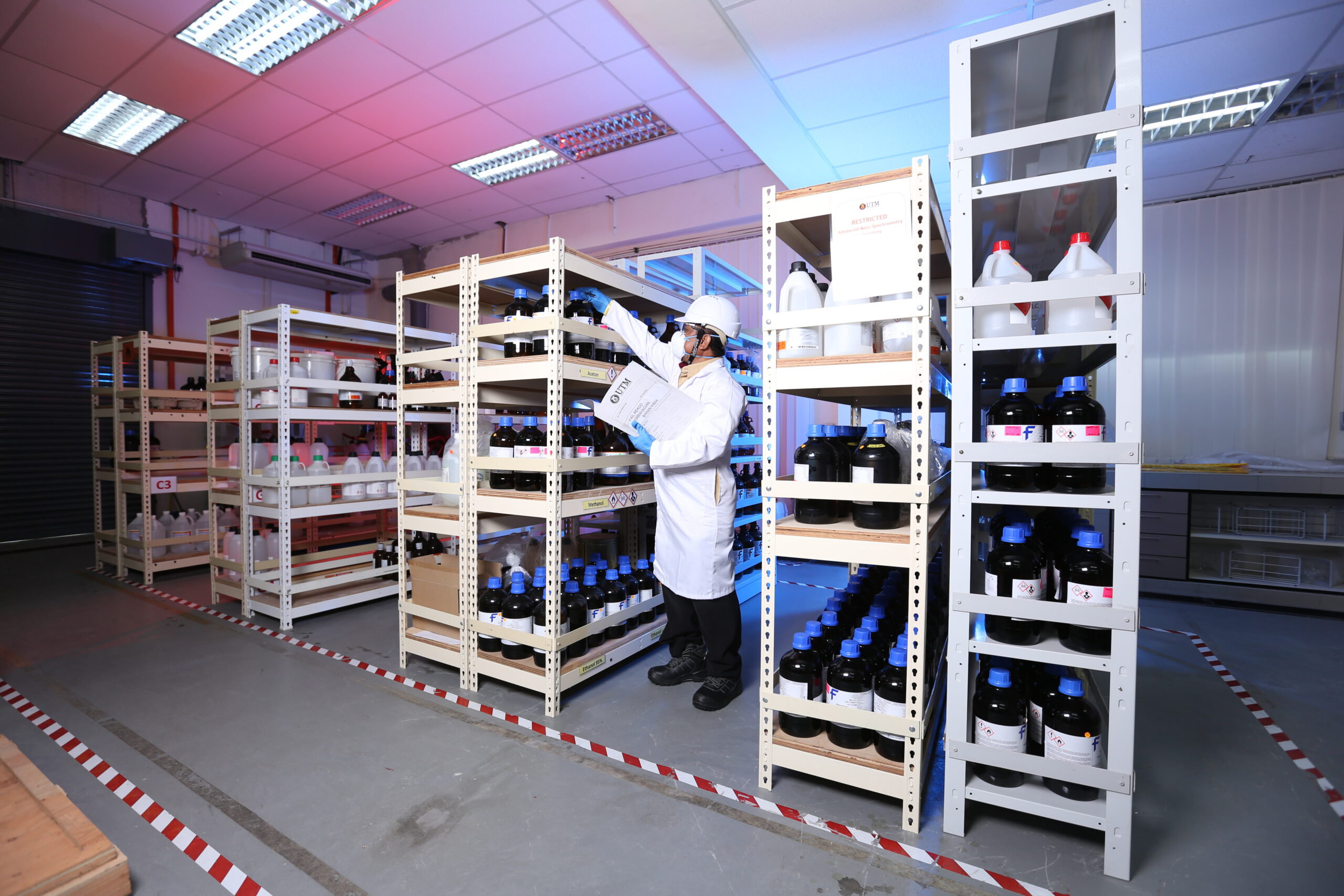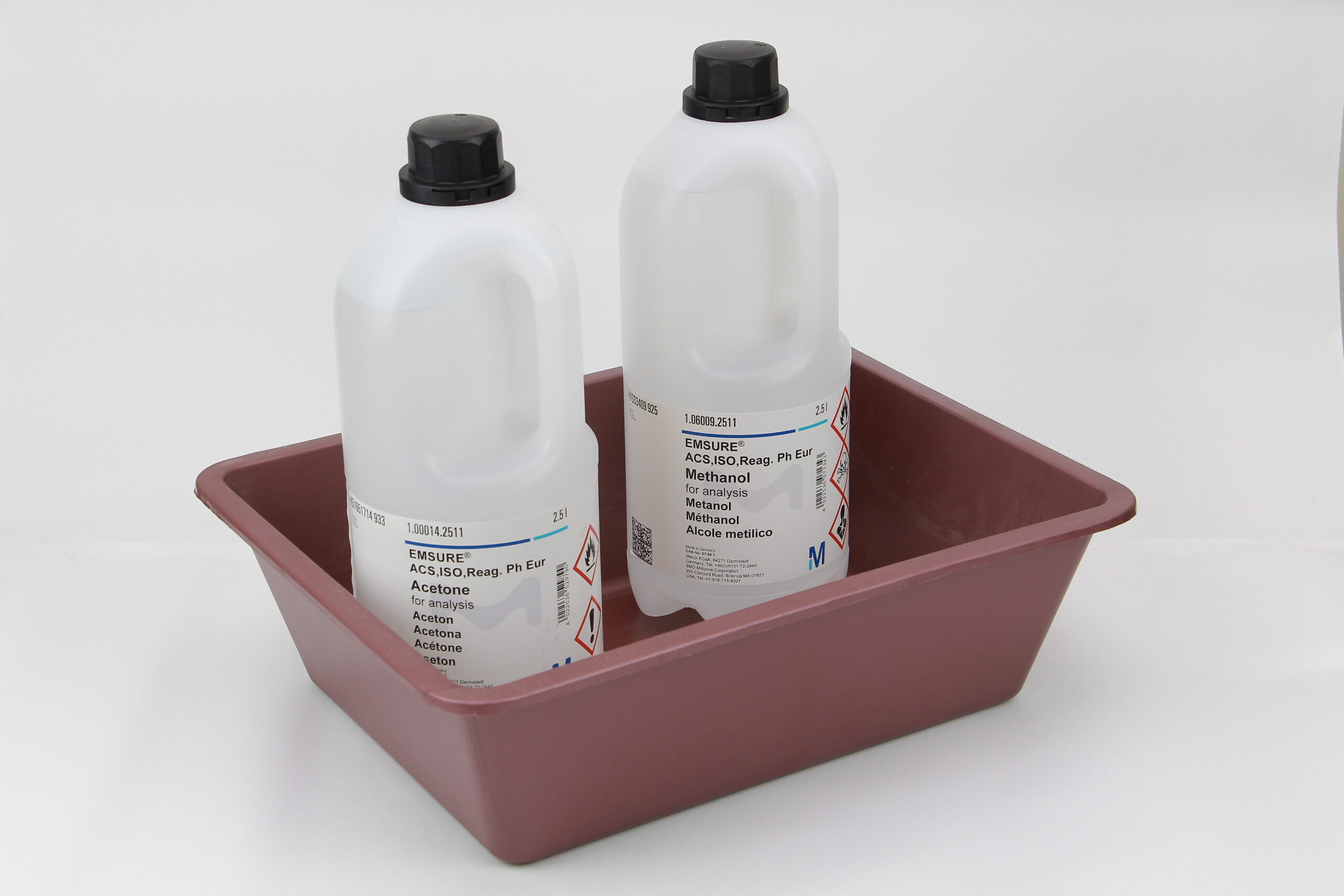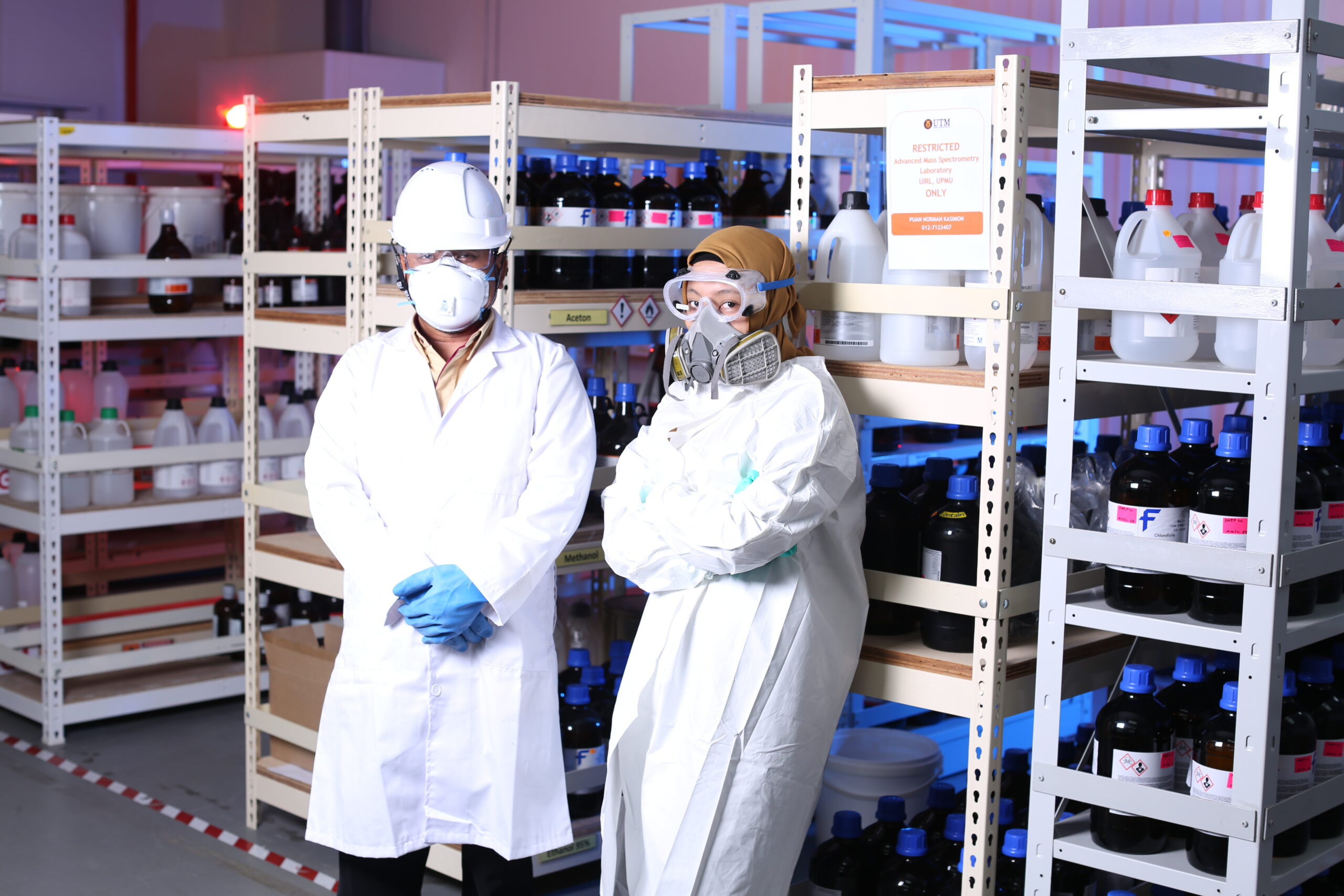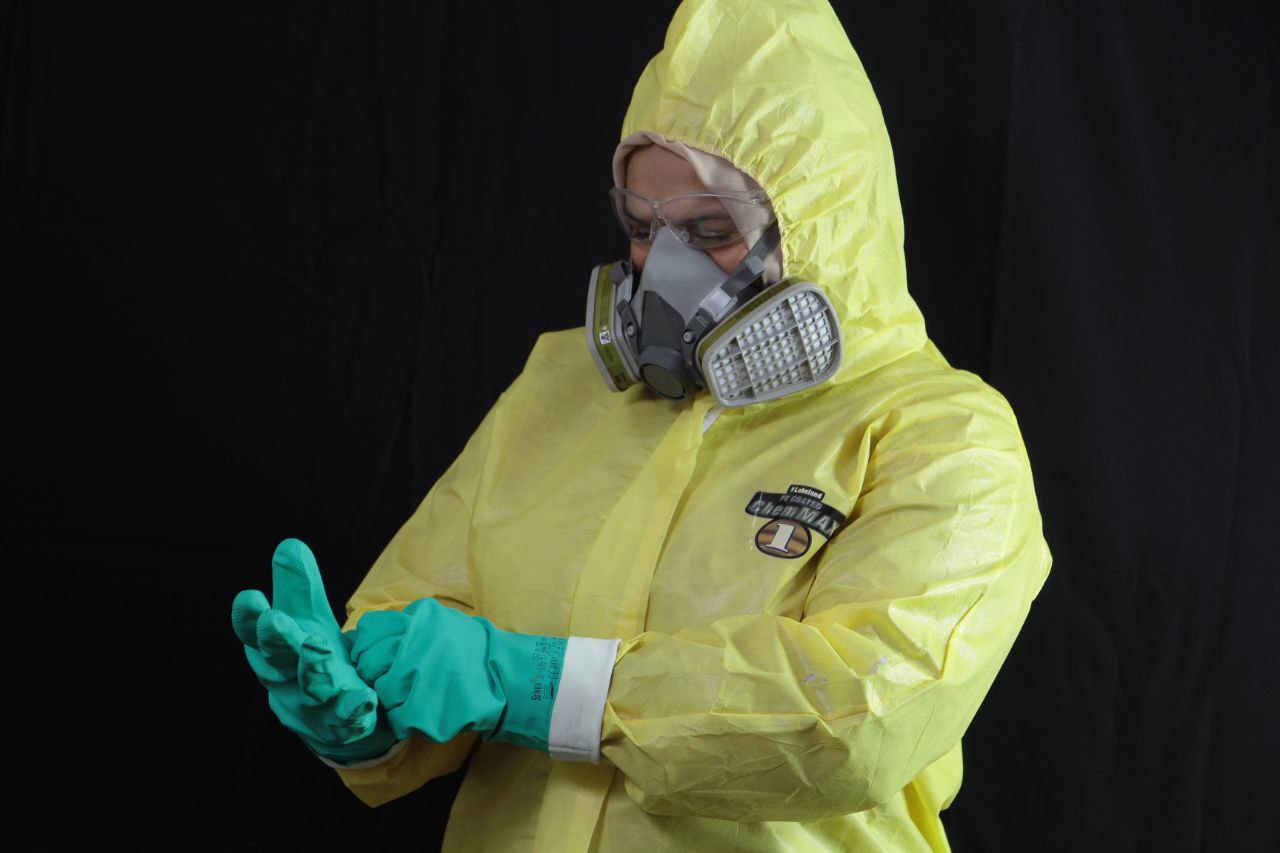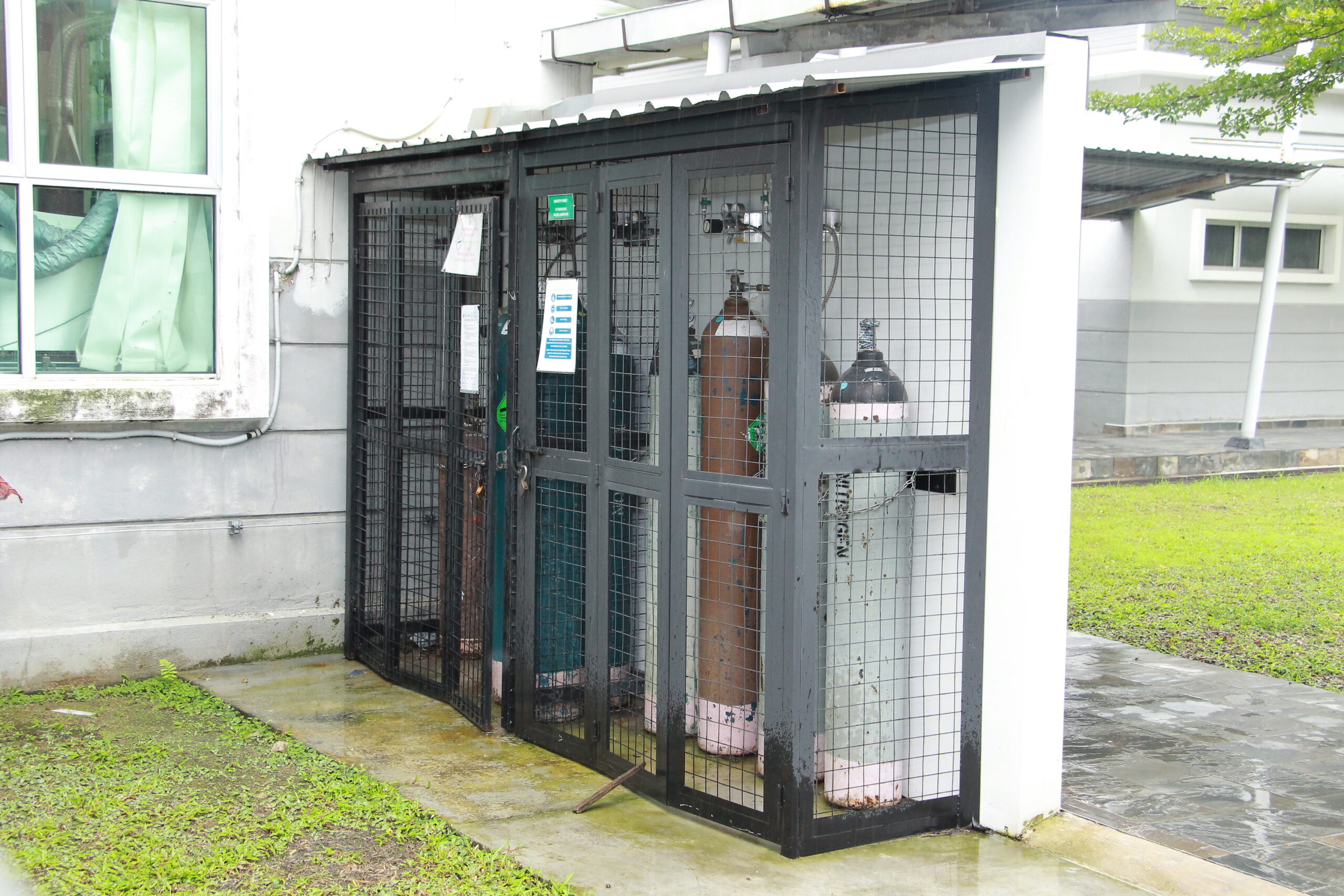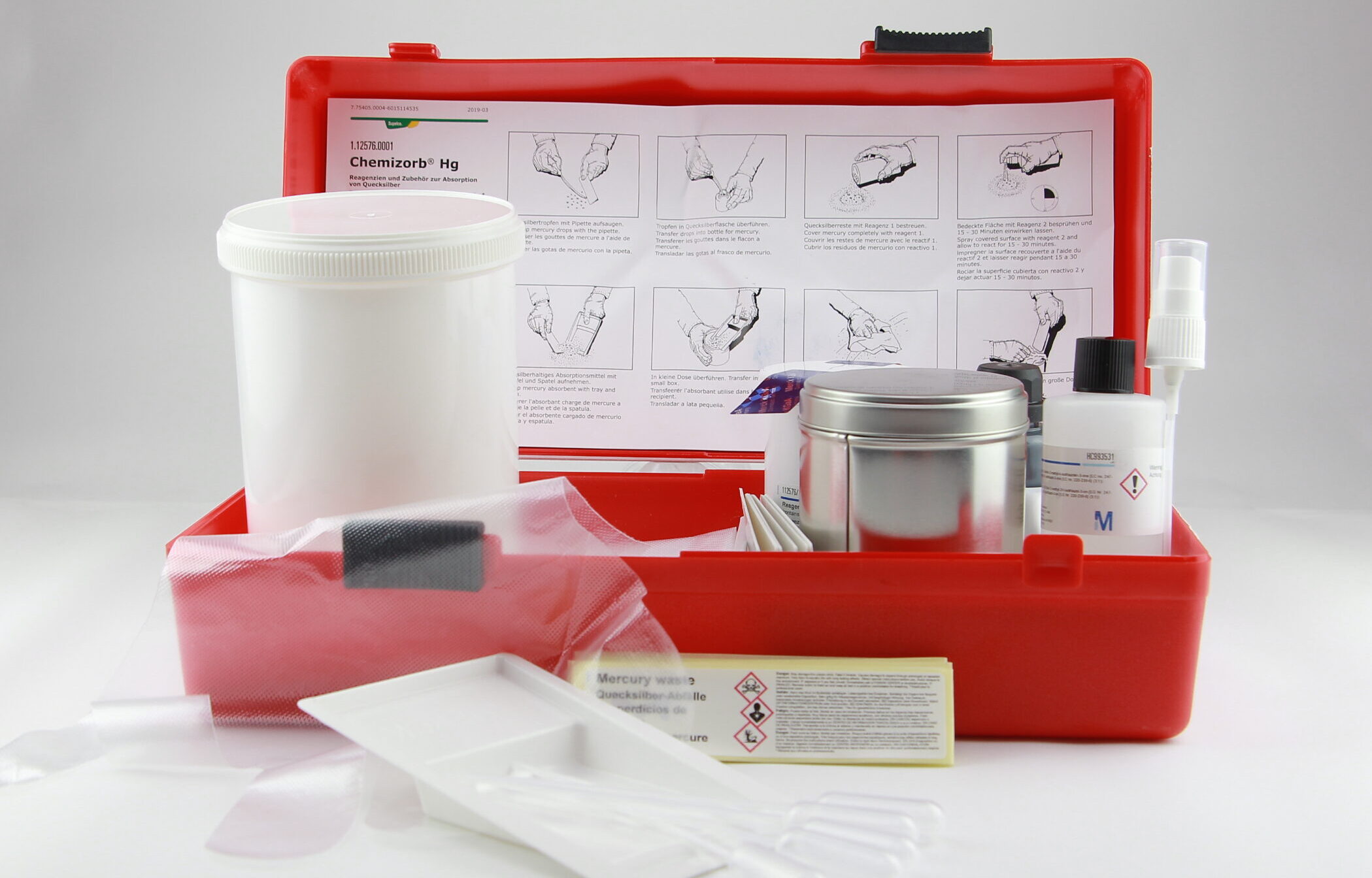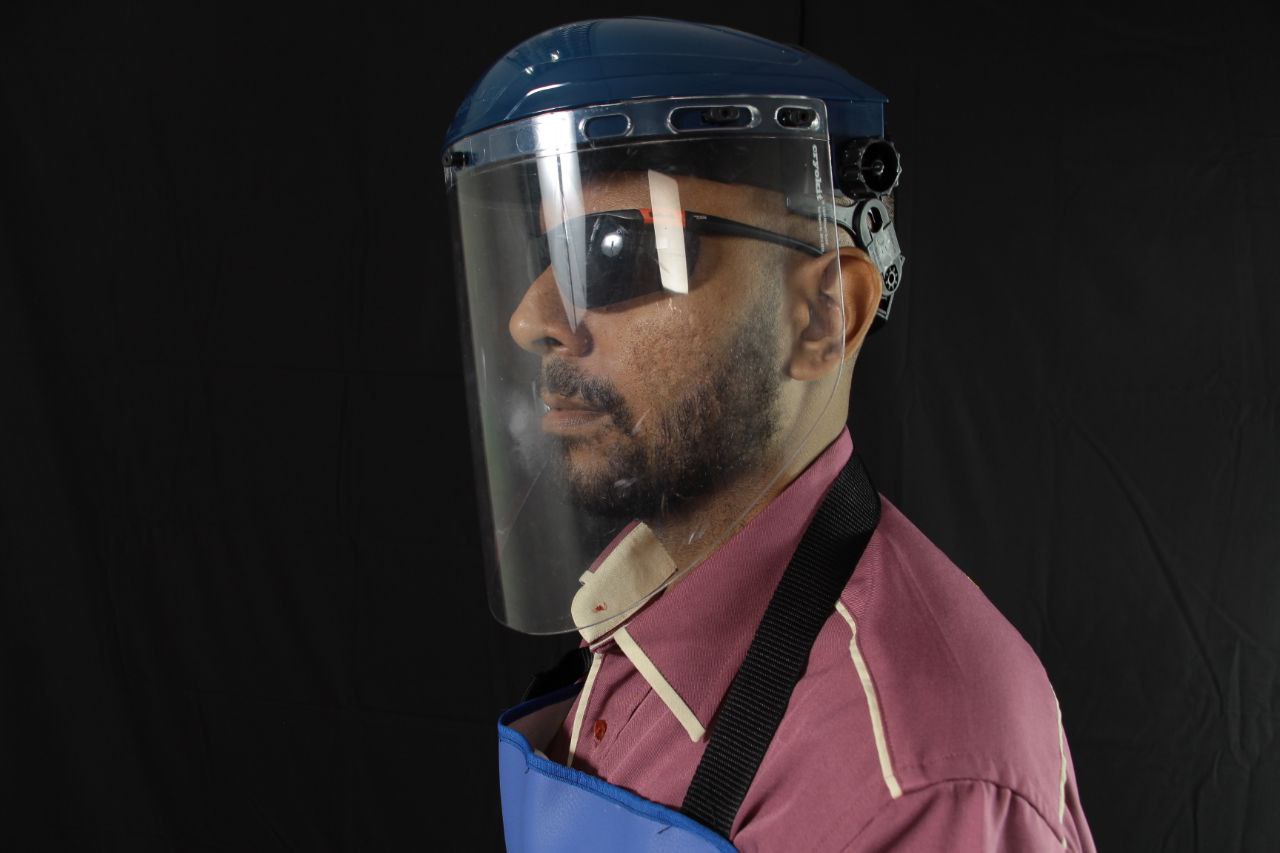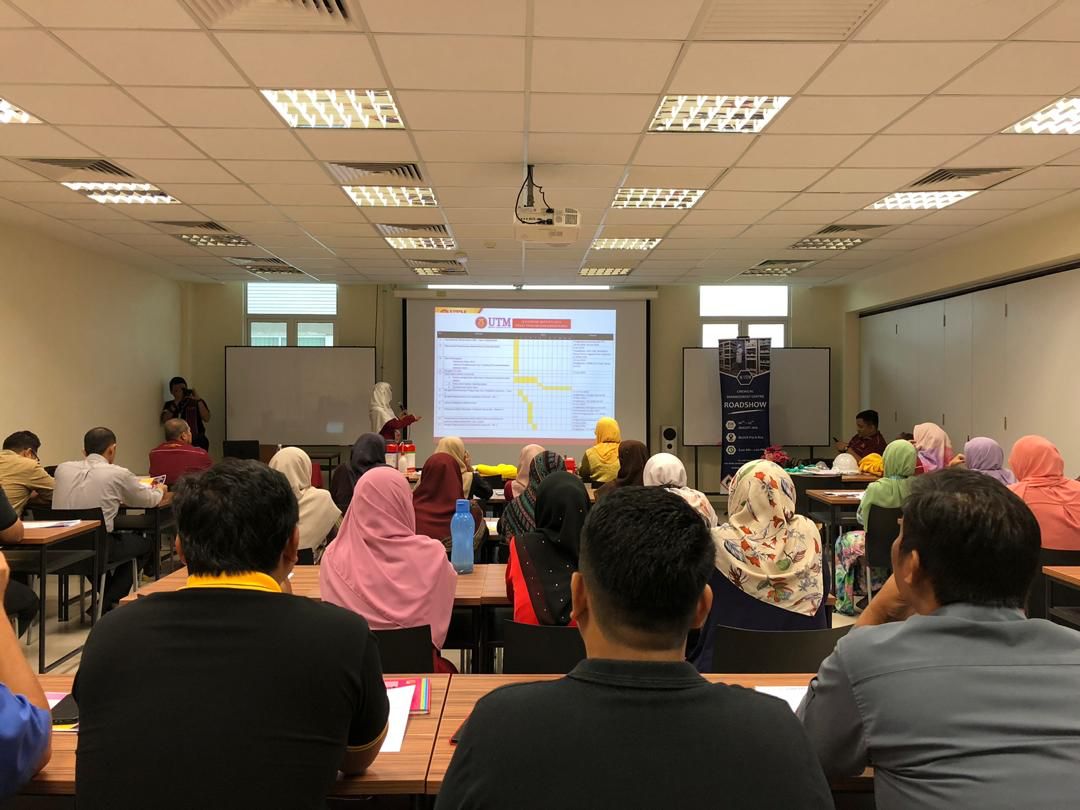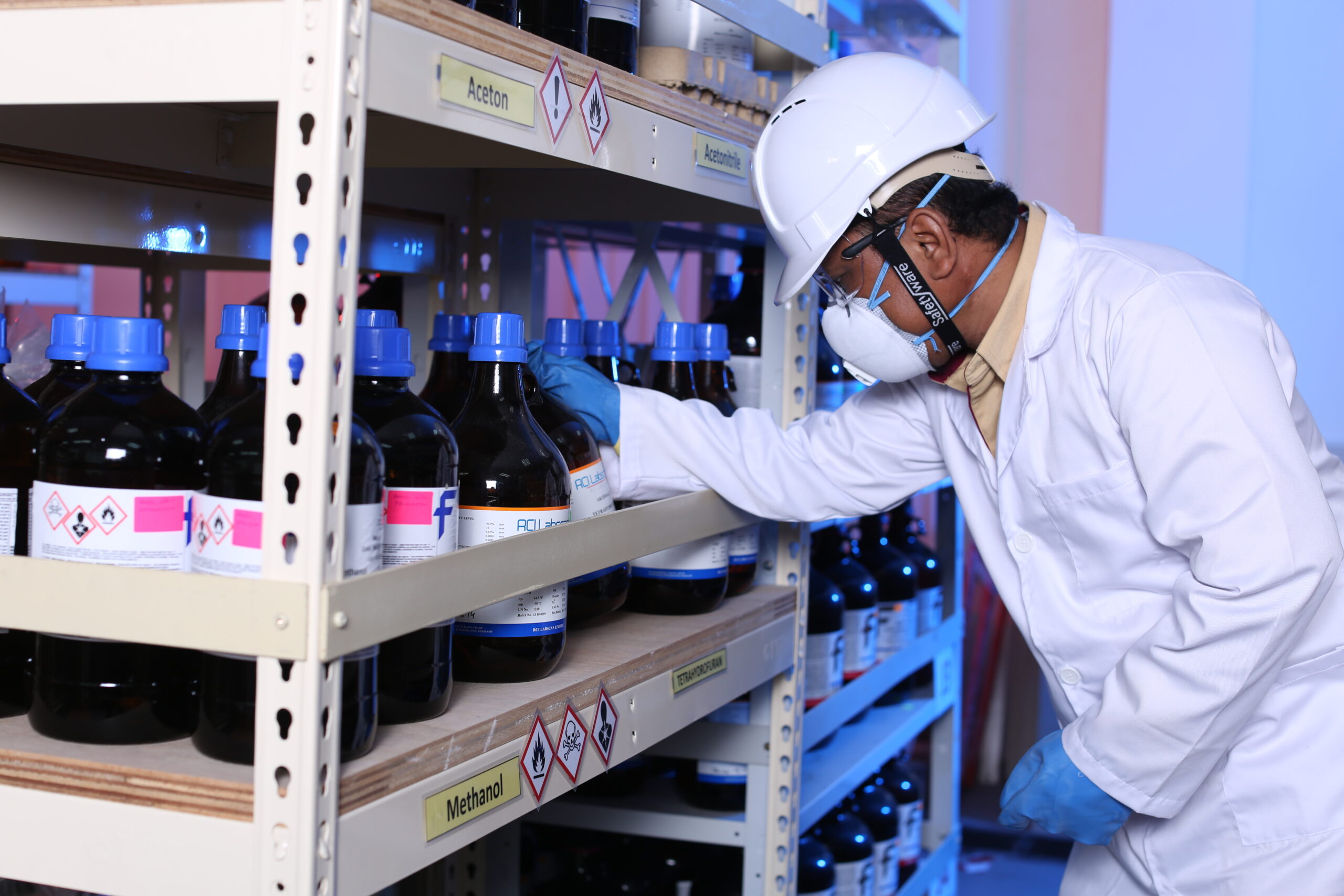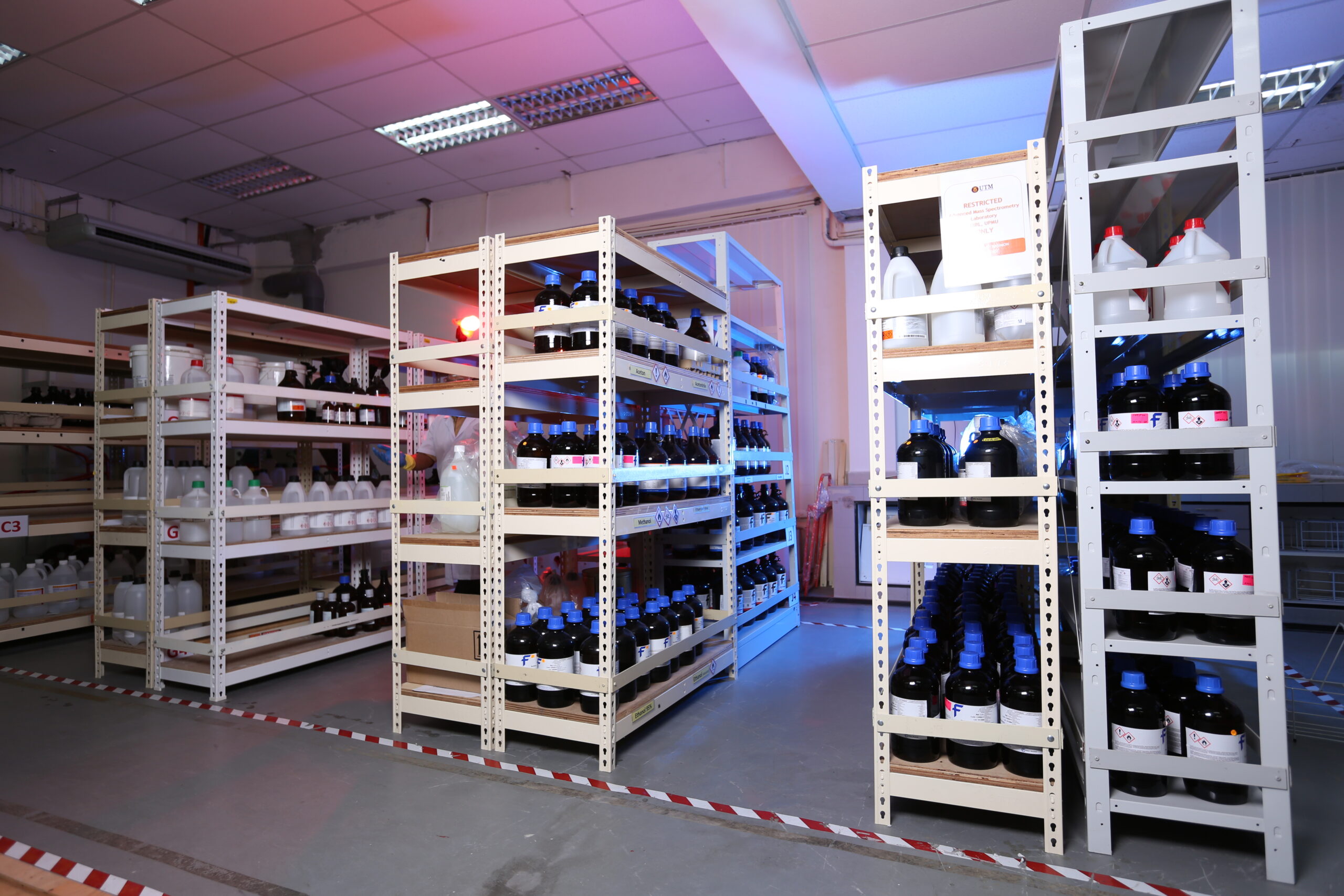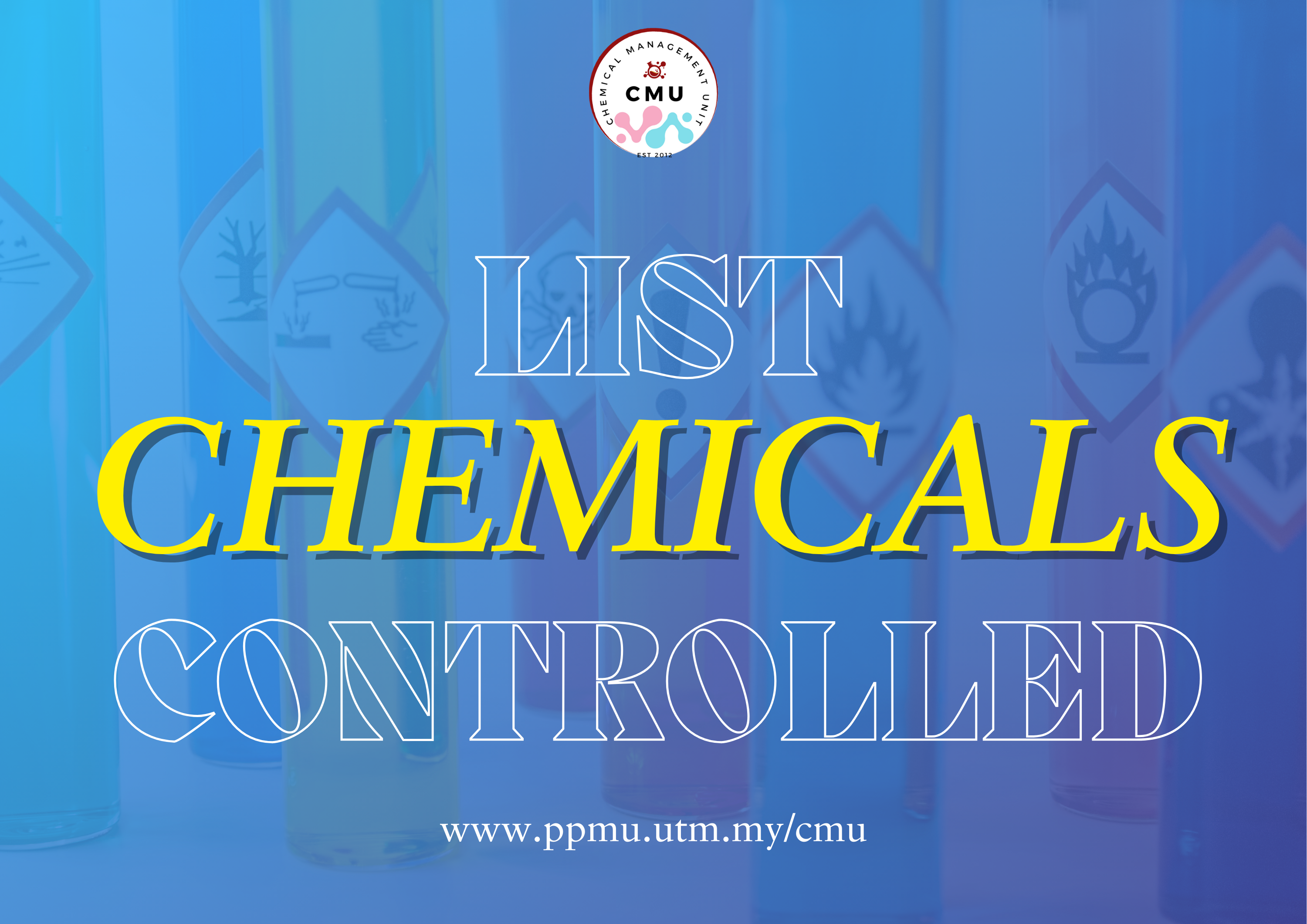CHEMICAL SAFETY
Chemical safety is the practice of using occupational chemical substances in a manner that ensures the safety and health of humans and prevents damage to the environment. Applying the concept of “From cradle to grave”, chemicals must be manage safely started from the day it is purchased until it becomes chemical waste.
CHEMICAL REGISTER
An employer is required to identify and register all chemical hazardous to health used at the workplace and record in a register known as CHEMICAL REGISTER.
LABELING & RELABELLING CHEMICALS
- Packaging and labeling of chemicals must comply to CLASS Regulation 2013.
- Duty of employer to ensure re-labeling of chemicals.
CHEMICAL HEALTH RISK ASSESSMENT (CHRA)
An employer shall not carry out any work which may expose or is likely to expose any employee to any chemical hazardous to health unless he has made a written assessment of the risks created by the chemical to the health of the employee
PERSONAL PROTECTIVE EQUIPMENT (PPE)
Personal protective equipment, commonly referred to as “PPE”, is equipment worn to minimize exposure to hazards that cause serious workplace injuries and illnesses. Examples of PPE are glove, safety helmet, safety shoe, goggle, resporator and lab coat.
ENGINEERING CONTROL
Every engineering control equipment shall be maintained and operated at all times. Example of engineering control : Fume hood, Local Exhaust Ventilation (LEV).
EMERGENCY EQUIPMENT
Different types of emergency safety equipments in laboratories are chemical spill kit, eye wash, safety shower and fire extinguisher.
COMPETENCY OF CHEMICAL USER
All chemical user must have at least the basic knowledge on how to handle chemical safely.
SAFE OPERATING PROCEDURE, INFORMATION, INSTRUCTION AND TRAINING
An employer who undertakes work which may expose or is likely to expose his employees to chemicals hazardous to health shall provide the employees with such information, instruction and training as may be necessary to enable them to know (a) the risk to health created by such exposure; and (b) the precautions which should be taken.
SAFETY DATA SHEET (SDS)
A chemical user who receives a supply of chemicals hazardous to health for which the chemicals are not labelled or the Chemical Safety Data Sheets have not been provided, shall obtain the relevant information from the supplier and shall not use the chemicals until such information is obtained.
WARNING SIGN
Where a chemical hazardous to health is used in any working area, it is compulsory to post the warning sign at the entrance of the work area.
CHEMICAL STORAGE
The safe storage of hazardous chemicals is an essential part of laboratory safety. Chemical storage is complex—there is no one-size-fits-all plan to store chemicals—but there are regulations, campus requirements, and best practices that can guide the process.
LIST CONTROLLED CHEMICALS
The listed chemicals are prohibited subtances that have been reviewed in UTMLab. This list will be updated from time to time according to requirements and chemicals requests.

